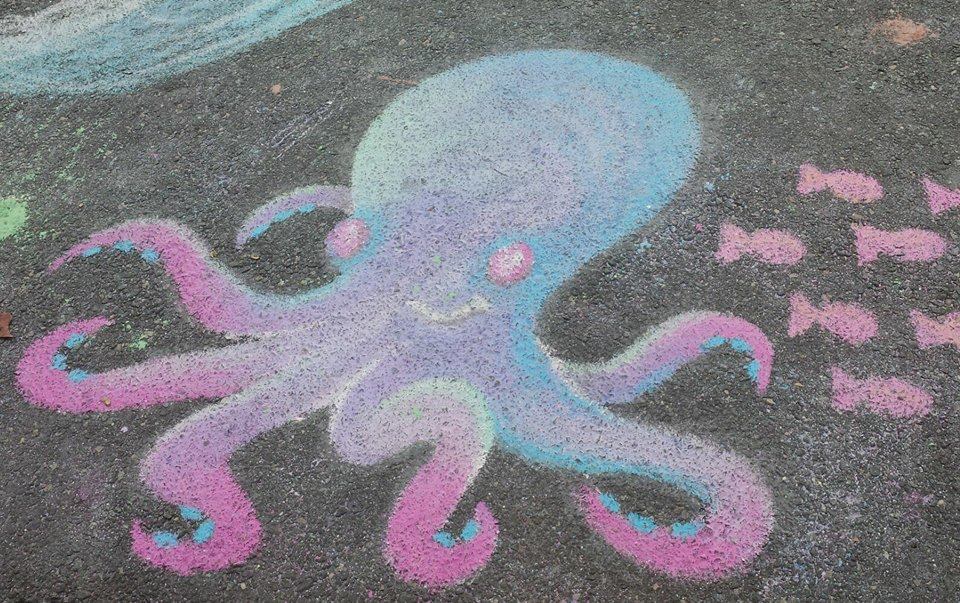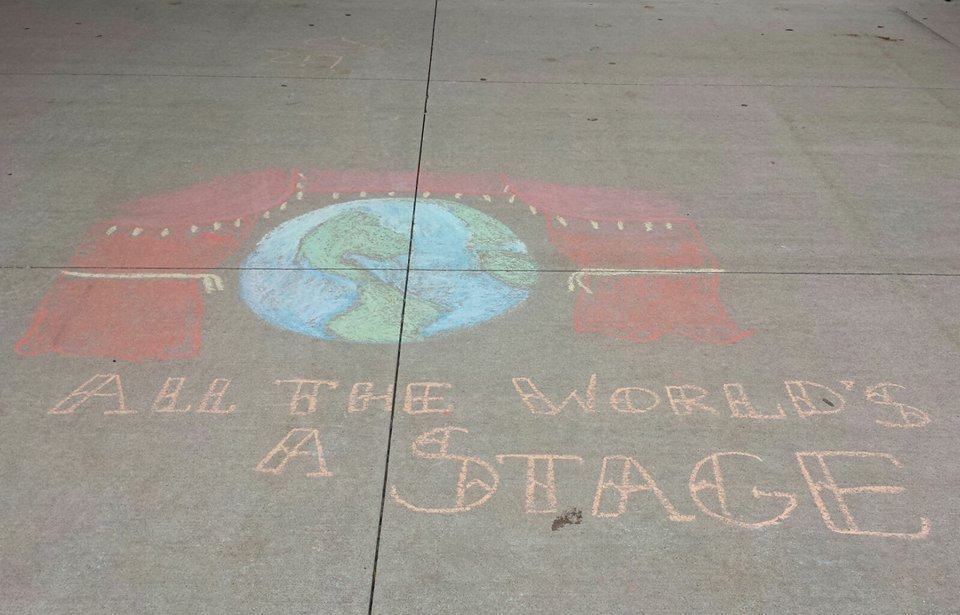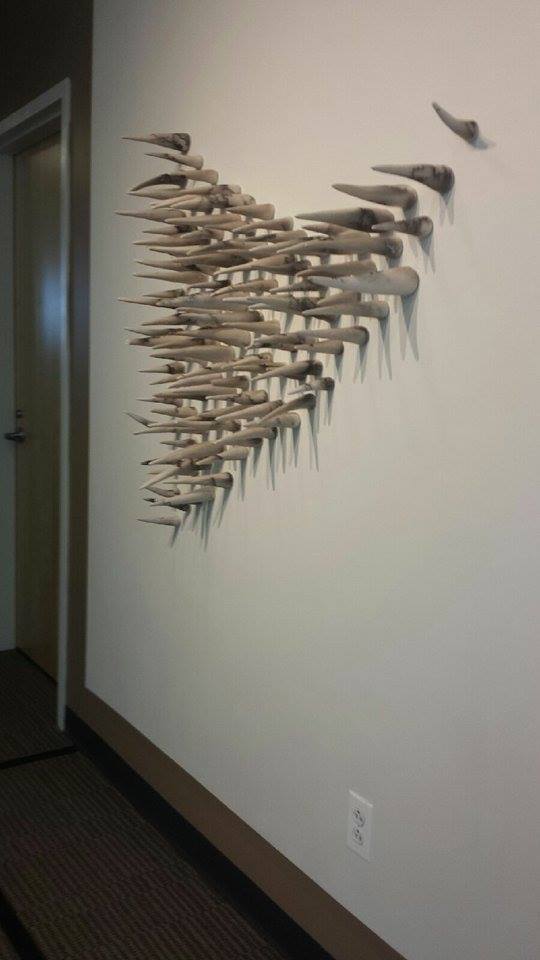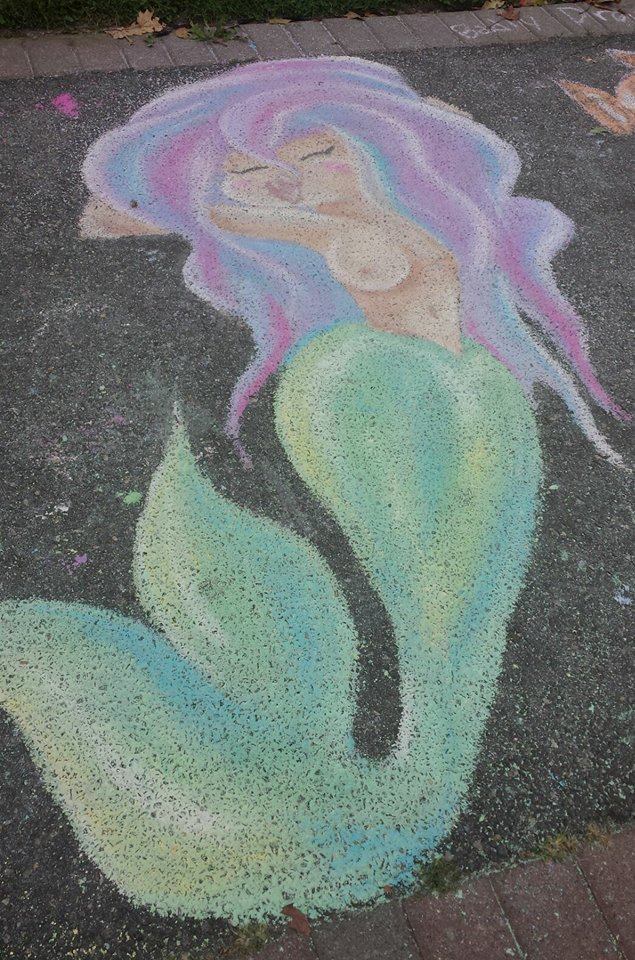Usually, when I see a show, I go to see a musical or something more classical. Never in a million years did I think I would go see a hip-hop show! Before going to see “A Sucker Emcee,” I did not really know what to expect; I did not have much experience with the “hip-hop” genre. I assumed that I would be bored the whole time and not understand anything that was going on or be able to relate to anything in the performance itself.
And then I walked in to the theater. The set-up of the space was absolutely not what I expected. There were two or three rows of seats-which were actually really comfortable- and the rest of the space was taken up by high tables. Automatically, the performance felt much more casual than anything I was used to, and the performance had not even started yet! I sat down in the front row, as there was no assigned seating, and took in the set up of the stage: It was pretty bare, with only a DJ table, a stool, and a microphone, but it looked absolutely breathtaking in the lighting.

One of the first things I loved about the performance was the playbill. It was visually different than any other playbills I had seen and was short and to the point. It gave the backgrounds of the people involved and about the theater itself. Before the performance started, I assumed that I would have to take notes on the performance, since it was not really something that appealed to me and I thought I would quickly forget the details. Well, I was wrong.
From the moment Craig “muMs” Grant stepped on stage and began his performance with the words, “Fear is a warning, and I’m scared,” I was captivated. It was such a moving performance; through rap and poetry alone, muMs was able convey the struggles he faced growing up to become an emcee, his feelings of loss, and, most importantly, his fear to the audience. And we were all eating it up. I got into my car after the performance and discussion and I basically acted like a crazy fan girl about this show to my mom.
Now you may ask, “how did this one man hip-hop show work so well?” Well fasten your seatbelts, everyone, we are taking a ride down Explanation Lane. It was a combination of performance aspects that worked really well for the show: the music, lighting, simplicity of the set, and the writing.
This show was about muMs’s struggles to become a successful emcee, so of course the music would be important. The musical cues made by DJ Rick Medina came at the perfect moments and helped muMs translate the story to the audience. I honestly did not expect to like the musical accompaniment, but I was definitely a fan.
The lighting of the show was pretty simple; mostly, it was an adjustment of the brightness on muMs and the color of the light. I think this worked really well because, not only did it help keep the audience’s focus on muMs, but it also helped convey the mood of the piece he was performing.
As I stated, the set was very simple, only being adorned with a DJ table, a stool, and a microphone. At first, I was disappointed that there was nothing grand about that, but, clearly, I did not know what I was saying at that point. The simplicity of the set was incredibly useful in that, like the lighting, it kept the focus on the performer. There was nothing to distract the audience, so we were basically forced to focus on Mums and his words, which was not actually a regrettable thing.
The most valuable part of the performance was the writing. One would think that the writing is essential to any show, but I have seen some shows that just have really bad writing. It was apparent that muMs was very careful in his word choice. He wrote his poems in such a beautiful way that it was actually difficult not to listen to them. The metaphors he crafted were absolutely gorgeous and easily understandable. Sometimes it was even the simplicity of the language that made the piece so powerful, like the poem where muMs stated, “Today my mother held a knife at me” (I probably do not have the quote 100% correct, but E for effort?). The writing was a true form of artistry.
Now I am being really nitpicky right now, but if I had to choose one thing that I might have improved just a little bit, I would slow down muMs’s words a bit when there was no music playing, permitting that it would not mess up the rhythm of his words. At times it was a little bit difficult to understand what he was saying. But that was not really a big issue for me.
I would definitely recommend this show to anyone who could see it, because it is that well put together and important. This was not just a show for people who like hip-hop, or people from the Bronx, or African American people. The message behind the show is one that transcends people’s backgrounds: follow your dreams. He tells the audience, “I want you to have what I have.” Anyone can relate to that; we all constantly feel the pressure of what we should do with our lives: our parents tell us one thing, friends tell us another. But in the end, we can’t settle with being “sucker emcees.” We have to do what makes us happy. And that is why “A Sucker Emcee” is so important and captivating.
































